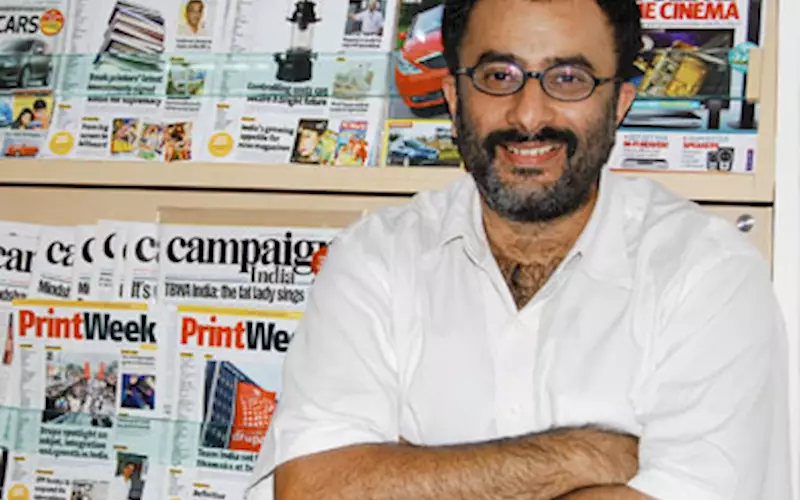"Delhi print firms: Five things that we learnt," by Ramu Ramanathan
26 Apr 2011 | By Samir Lukka
The print match plays itself out – and it is easy to be carried away with Mumbai’s superiority in a contest that had been billed as "unequal" by printers and print buyers alike. There was a time when Mumbai’s market economy purred, and left others drooling. But in recent times Delhi has conjured a world-class display (size and style) to dismantle opponents. The game-plan has been basic.
Delhi is being flexible. The national capital has adapted new tactics under Sheila Dikshit’s management (better airport, roads, infrastructure). The orthodox feudal strategy which rendered firms vulnerable has been discarded.
The change in firm formation suits Delhi. The big firms have moved out of the city. This in contrast to print elsewhere where printers have clung to their mother site and have been reluctant to tweak their system. This has resulted in a heap of problems. Some difficult to overcome now.
Delhi is thriving at a new level. New applications, new methodologies, new scale of operations. Above all, a new generation of printers who are joining the business. The game is changing. Delhi’s status is well deserved.
A word of caution: Delhi may have taken on the impossible job. For all the praise heaped on Delhi, the printers need to get professional. Programs in Delhi start notoriously late. Plus the service can be deceptive. The recent success should not lull print firms into a period where they do not build up on the traction. They need to sustain the growth. The stakes are too high; and there is an intimidating competitive atmosphere in the air.
So far, Delhi has reacted by expanding with a burst of energy. And if they sustain it, they can expect to glean the rewards, soon.
Ramu Ramanathan is editor at PrintWeek India











 See All
See All